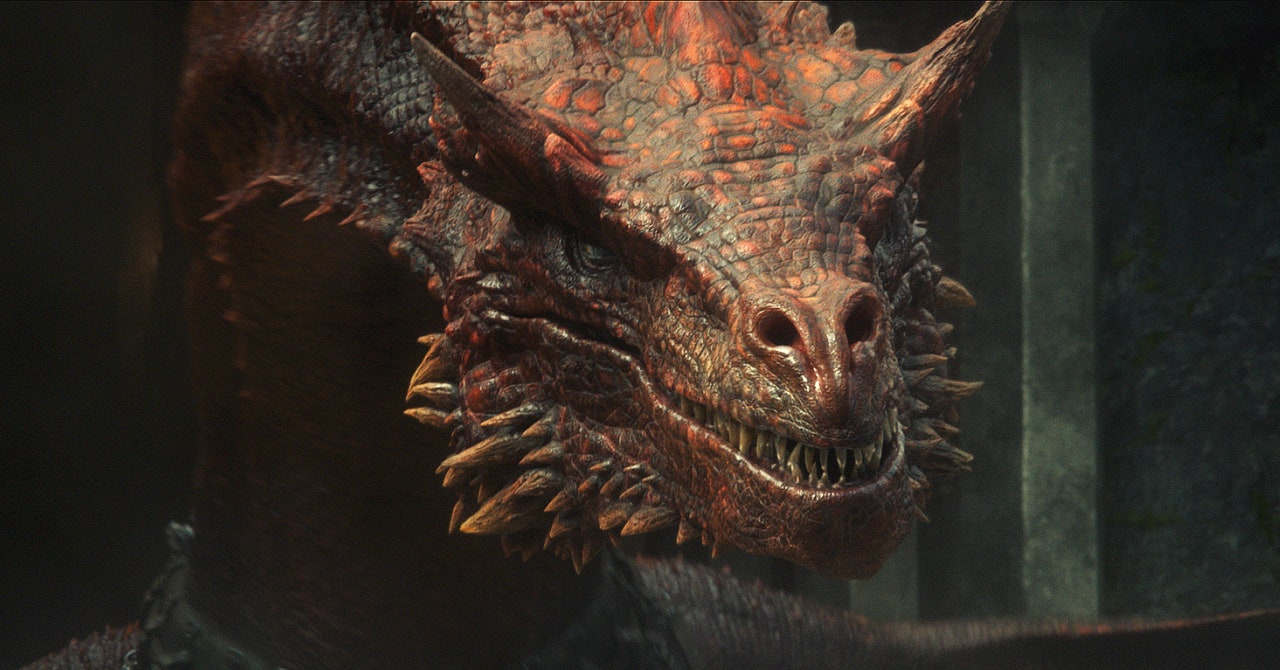
Given its title, it should come as no surprise that HBO’s new Game of Thrones prequel, House of the Dragon, is going to have a lot of goddamn dragons. Seventeen, in fact. All owned, flown, and maintained by House Targaryen, and each with their own personality quirks, character design, and George R.R. Martin-created name.
In the 11 years since Thrones first hit HBO, CGI technology has advanced by leaps and bounds, and House of the Dragon was able to give life to its beasts like never before. WIRED talked to Ryan Condal and Miguel Sapochnik, the series’ showrunners, about what’s new this time around.
This conversation contains spoilers and has been edited for clarity and length.
WIRED: Miguel, you first started working on Game of Thrones in 2015, directing episodes like “Hardhome” and “Battle of the Bastards.” How has technology changed, in terms of TV production, and what does that mean you can do on House of the Dragon that you couldn’t necessarily do before?
Miguel Sapochnik: It used to be that you had to pick everybody off the background. If you wanted to put them into a different environment, you’d have to put them in front of green screen or blue screen or some sort of chroma key color so that it was easier to take them off the background and put them back on after you’ve replaced the background with something else, which is something you often end up doing.
Now, as technology has advanced, the need for that has lessened because of the speed at which programs can automatically identify what the foreground is versus what the background is. That means we don’t have to bring in these huge pieces of green screen and set them up to be able to put the people in front of them and do multiple passes. The increased efficiency gives you more time to actually be creative and shoot.
There’s the classic, “We’ll fix it in post,” which is frustrating on the one hand because people get lazy and they don’t do it on set, which usually is better. But it’s also incredibly useful as a tool if you know when to use it, because it allows you to focus on things that absolutely must be done on set, like the performances.
There are a lot of dragons in the new show, and a poorly realized dragon can really take you out of a scene. How did you realize these very non-real creatures?
Sapochnik: Everything’s a work in progress because you keep working on it until they take it away from you. A lot of what makes it feel real is usually the last 5 percent of the work that you do, which is often the most time-consuming and most expensive.
With our dragons, you can get the animation, the things that they touch, and how they interact with the real objects, like the ground they stepped on and left footprints. Those kinds of things, you can get that right. You can hide problems with smoke and atmosphere and stuff like that. But what you want are details that you wouldn’t otherwise notice and would in any normal situation be considered a luxury that you don’t have time for.
